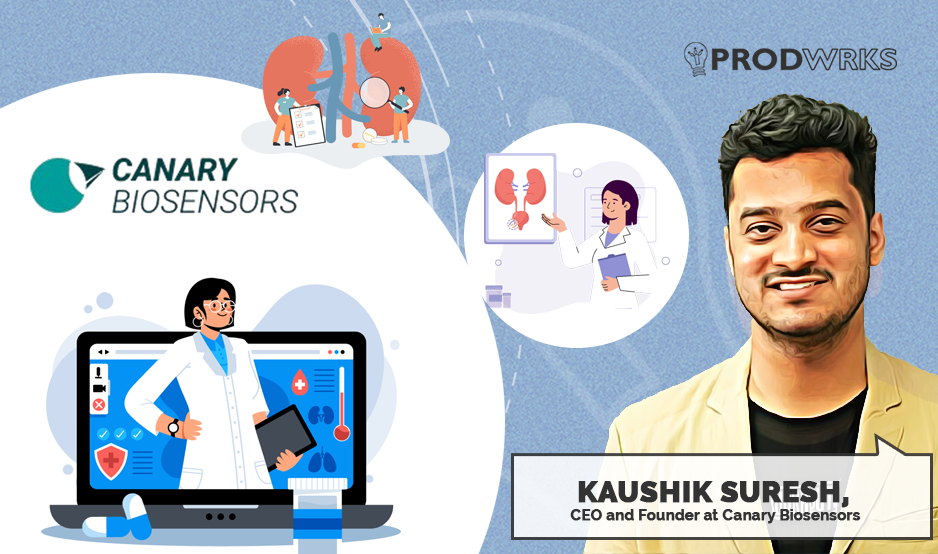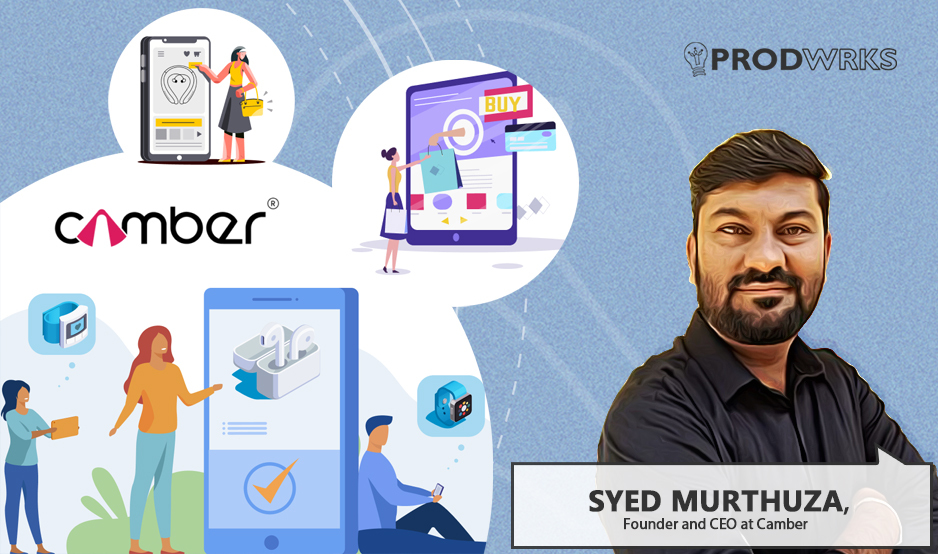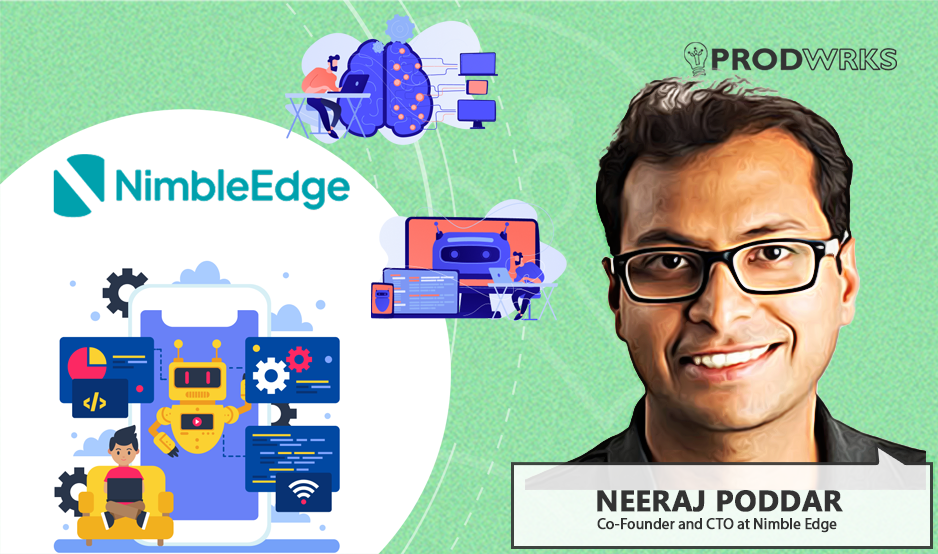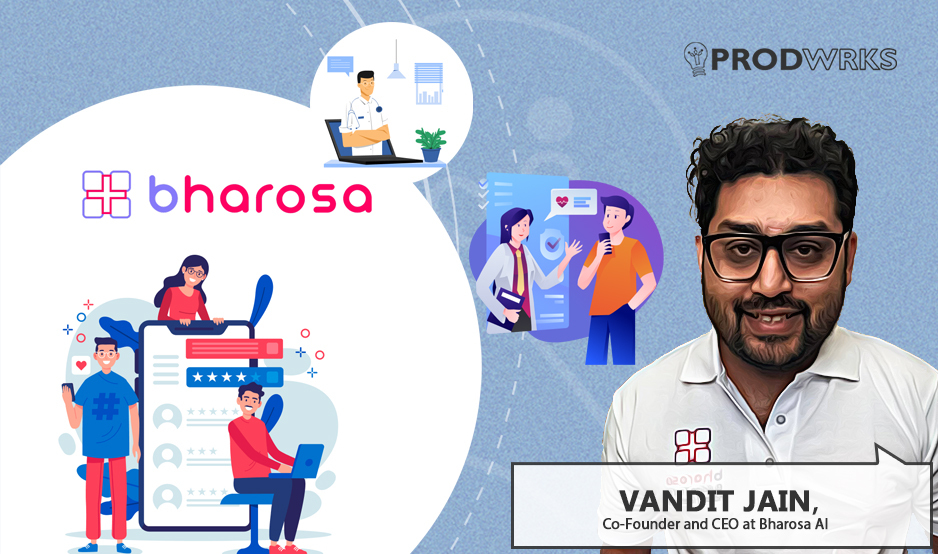
On World Kidney Day, experts sounded the alarm over the rapid rise of chronic kidney disease in India, which now affects nearly 17% of the population, according to a report in ET HealthWorld. The condition is often diagnosed late, with most patients seeking care only after significant and irreversible damage has already occurred due to poor awareness and a lack of early screening.
“I realised the real problem in India isn’t hospitals or treatment, but diagnosis and tracking. Diseases are rarely caught early, and even after diagnosis, monitoring systems are poor,” says Kaushik Suresh, CEO and founder of Canary Biosensors.
Identifying the Diagnosis Gap in Kidney Care
“Health was an area I wanted to focus on because I kept hearing stories of relatives and neighbours dealing with chronic illnesses, and watched their conditions gradually worsen without intervention.”
Kaushik explains, “ It wasn’t the hospitals or the treatment that were the problem,” he said. “It was everything before and after. In India, people don’t get diagnosed early, and even after they do, the tracking ecosystem is really poor for chronic diseases. This was one of the starting problems that we took to solve in the second year of my college.”
How a College Project Turned Into Three-Part Kidney Health Platform
Kaushik explains, “ Creatinine is the clinical gold standard for detecting kidney dysfunction, and the device is designed to deliver quick, reliable results. It includes cloud integration that pushes data directly into electronic health records and allows both patients and clinicians to track trends over time.”
Kaushik explains, “We came across a problem where many patients face a high risk of hospitalization between dialysis sessions. The goal of both devices is to predict that risk, flag when early intervention is needed, and send alerts if fluid levels rise or if the heart shows signs of dysfunction.”
Kaushik explains, “Medical device development must clear clinical evaluations, regulatory checks, and scalability hurdles before reaching the market. he said. “It takes years for a product to actually come to market because it requires extensive validation, regulatory approval, and scalability before release.”
Why Canary Is Betting on the US Healthcare Market First
“It’s intended to be more of a B2B play where providers adopt the hardware and software platform and implement it with their patients,” says Kaushik. “The devices and dashboard are used by clinicians to monitor patients remotely, while patients interact with the hardware from home. using the tools regularly as part of their care plan.”
Providers in the US care about fewer hospital visits and better patient outcomes, and our product ranges were suited to that ecosystem, which is why we chose that market,” he says. “In India, where certification frameworks and reimbursement models are still evolving, the same device might be viewed more as a cost-sensitive solution, making it harder to scale initially.
He explains, “We’re collecting some first-of-its-kind biosignals,” he said. “We’ll have to test across patients, geographies, and races to make sure the product works for everyone.”
Where Canary Sees the Next Wave of Healthtech Innovation
Kaushik explains, “We focus more on projecting where healthcare is headed and spoke to value-based care providers and clinicians while studying how systems have evolved over the past decade. Healthcare requires the devices to be built for decades down the line instead of the next release and the product has to reflect what would be essential in the future.
Kaushik explains "While the problem isn’t gone, the bar for meaningful tech innovation has become much higher, and by contrast, kidney care still lacks that as pharma innovation is just beginning with it. So it’s the right time to enter because those shifts take six to seven years to play out.”
“In healthcare, AI has potential, but it can’t afford to fail,” Karthik says. “Mistakes here have real consequences. That’s why validation takes time. But once it’s done right, you become one of the few with a clinically safe, regulated AI system and that’s a strong position to be in.”



